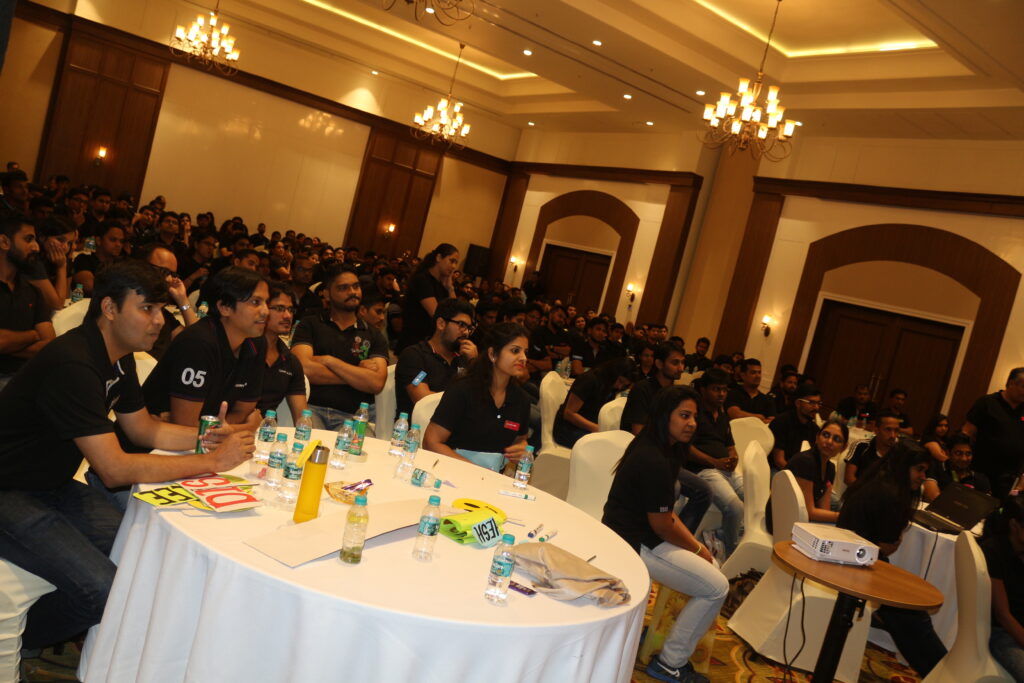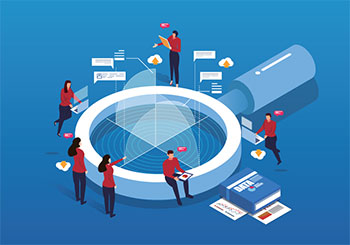Human
Resources
Resources
Human Resources (HR) plays a pivotal role in managing an organization’s most valuable asset – its people. In the realm of HR strategies, experiential training and outbound programs are indispensable components aimed at enhancing employee skills, fostering collaboration, and promoting personal development. Experiential training involves hands-on learning opportunities, enabling employees to actively engage with the material, while outbound programs take place outside the conventional workplace, often incorporating activities that bolster teamwork and leadership skills.
Within the HR domain, the focus on learning and development revolves around bolstering employee skills and knowledge, ensuring their relevance and adaptability in a rapidly changing business landscape. Emotional intelligence (EQ) is increasingly acknowledged as a critical factor in professional success, emphasizing the importance of the ability to understand individuals on a deeper level in effective leadership and collaboration.
Microlearning, a trend gaining popularity in HR, entails delivering small, focused units of content to facilitate rapid learning and retention. A systemic approach is a vital element of HR, addressing the study of how individuals and groups interact within an organization to optimize performance.
Employee assessments enable HR to monitor individual and collective strengths and areas for improvement. Virtual business simulations provide a simulated environment for employees to practice self-direction and problem-solving skills. On-site training is essential for hands-on development within the workplace, while cultural audits assess the alignment of organizational culture with business objectives.
- Enhance skills
- Address skill gas
- Employee attrition
- Employee Engagement
- Increase Productivity
- Improve team functionality
- Build competitive advantage
- Foster culture attributes
- Reduce dependency status
- Reduce the need for layoffs
- Sense of belongingness
- Deliver essential knowledge


The integration of these elements into HR practices not only enhances employee engagement and satisfaction but also contributes to the overall growth of the business. By investing in people through comprehensive training and development programs, organizations can build a skilled and resilient workforce, foster innovation, and adapt more effectively to industry changes. This holistic approach to HR ensures that employees are not only technically proficient but also possess the interpersonal and leadership skills necessary for sustained business success.

Organizational Behaviour
Structure Your L&D strategy to encourage hand engagement and collaboration across your association.

Emotional Intelligence
Structure Your L&D strategy to encourage hand engagement and collaboration across your association.

Micro Learning
Structure Your L&D strategy to encourage hand engagement and collaboration across your association.

LEARNING & DEVELOPMENT
Structure Your L&D strategy to encourage hand engagement and collaboration across your association.

Employee Assessments
Structure Your L&D strategy to encourage hand engagement and collaboration across your association.

Virtual Business Simulation
Structure Your L&D strategy to encourage hand engagement and collaboration across your association.

Performance Management
Structure Your L&D strategy to encourage hand engagement and collaboration across your association.

Onsite Training
Structure Your L&D strategy to encourage hand engagement and collaboration across your association.

Cultural Audit
Structure Your L&D strategy to encourage hand engagement and collaboration across your association.

